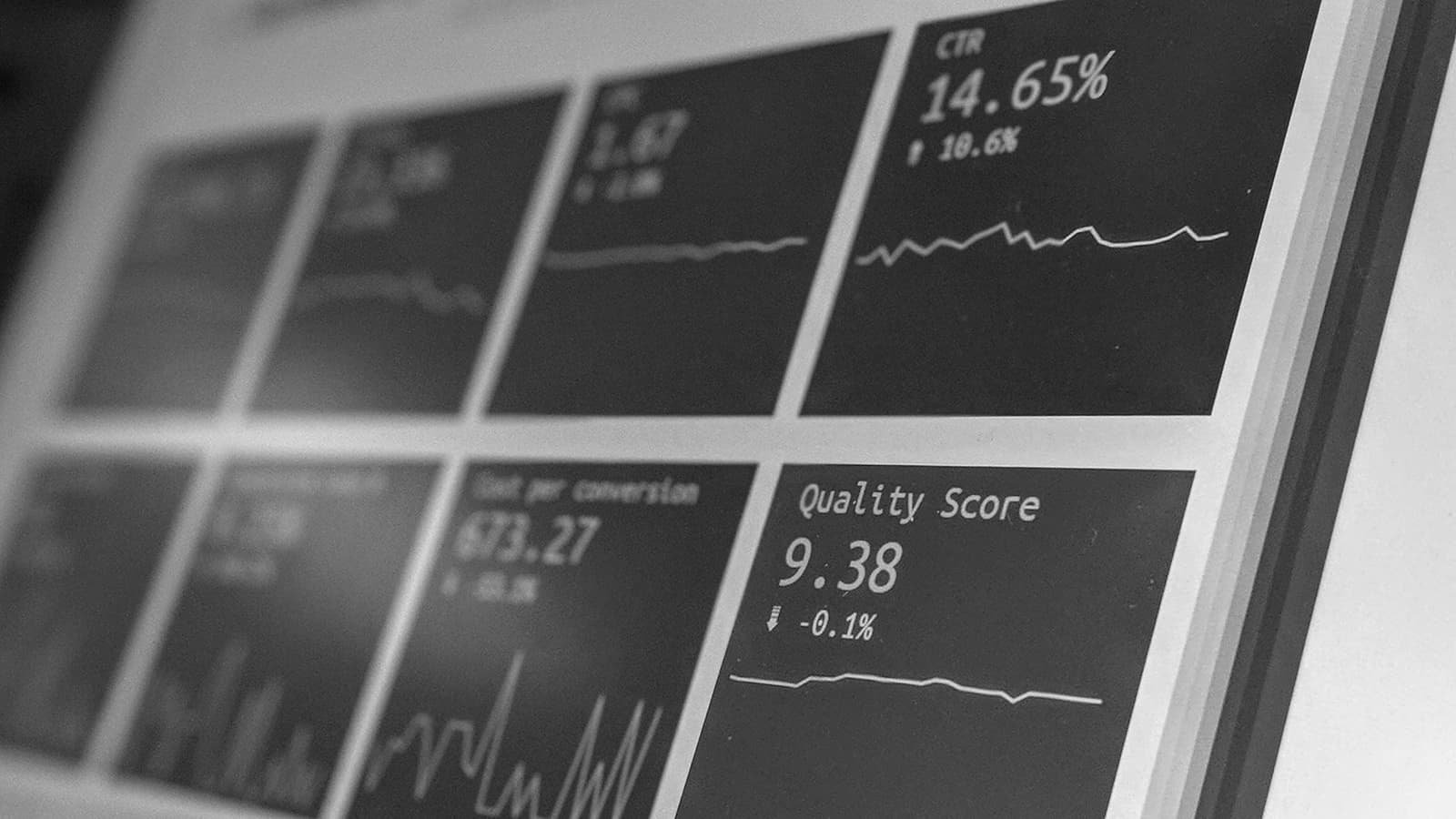
Kiểm tra bảo mật trang web.
Quét lỗ hổng ứng dụng và trang web – Kiểm tra thâm nhập web – Kiểm tra bảo mật trang web miễn phí
Kiểm tra bảo mật trang web
Tự động xác định các lỗ hổng bảo mật trong các ứng dụng web và cơ sở hạ tầng cơ bản của bạn. Tìm lỗ hổng đằng sau trang đăng nhập để đạt được phạm vi bảo hiểm đầy đủ..
ĐO LƯỜNG
Chúng tôi tìm hiểu sâu về trang web của bạn và xây dựng các phân tích cũng như thiết lập một quy trình sẽ đảm bảo an toàn cho đối tượng trực tuyến của bạn và tăng doanh thu của bạn.
Quản lý rủi ro nhà cung cấp
Đánh giá tính bảo mật của các giải pháp mà các nhà cung cấp và đối tác trực tuyến của bạn xây dựng cho bạn
trang web bị tấn công và vi phạm dữ liệu
Chúng tôi giúp các doanh nghiệp nhỏ xây dựng sự hiện diện kỹ thuật số an toàn bằng cách tập trung vào ba yếu tố chính của nền tảng an toàn trực tuyến thành công.

Chúng tôi nhận được kết quả.
Hồ sơ theo dõi đã được chứng minh của chúng tôi sẽ bảo vệ doanh nghiệp của bạn.






Bảo vệ tài sản trực tuyến của bạn với Tư vấn kiểm tra bảo mật trang web
.
Kiểm tra bảo mật trang web: Một bước quan trọng trong phòng thủ mạng hiện đại
Trong bối cảnh kỹ thuật số ngày nay, Kiểm tra bảo mật trang web là điều cần thiết đối với các tổ chức nhằm bảo vệ dữ liệu nhạy cảm và duy trì niềm tin của người dùng. Quá trình chủ động này xác định các lỗ hổng trong ứng dụng web trước khi các tác nhân độc hại có thể khai thác chúng. Kiểm tra bảo mật trang web thường liên quan đến việc quét lỗ hổng, thử nghiệm thâm nhập, đánh giá mã, và đánh giá cấu hình để đảm bảo rằng hệ thống web có thể chống lại các mối đe dọa trên mạng.
Chính phủ và các ngành công nghiệp trên toàn thế giới nhận ra tầm quan trọng của khuôn khổ an ninh mạng được tiêu chuẩn hóa. Ở Anh, cái Những điều cần thiết về mạng Đề án cung cấp cơ sở để đảm bảo vệ sinh an ninh mạng tốt. Nó giúp các tổ chức bảo vệ chống lại các mối đe dọa phổ biến như lừa đảo, phần mềm độc hại, và tấn công mật khẩu. Việc đạt được chứng nhận Cyber Essentials thể hiện cam kết bảo vệ dữ liệu và hệ thống—một yếu tố quan trọng đối với các nhà cung cấp của chính phủ Vương quốc Anh.
ở Hoa Kỳ, cái Dấu tin cậy mạng là một sáng kiến mới được phát triển bởi Ủy ban Truyền thông Liên bang (FCC) để cải thiện tính minh bạch về an ninh mạng trong Internet of Things của người tiêu dùng (IoT) thiết bị. Mặc dù không dành riêng cho các trang web, nhãn hiệu này phản ánh xu hướng rộng hơn về trách nhiệm giải trình công cộng trong lĩnh vực bảo mật kỹ thuật số và đóng vai trò là hình mẫu cho các tiêu chuẩn an ninh mạng minh bạch.
Đối với các tổ chức làm việc với Hoa Kỳ. Bộ Quốc phòng, CMMC 2.0 (Chứng nhận mô hình trưởng thành về an ninh mạng) là tiêu chuẩn phổ biến. Nó đánh giá các nhà thầu’ khả năng bảo vệ Thông tin hợp đồng liên bang (FCI) và Thông tin chưa được phân loại được kiểm soát (CÁI MÀ) thông qua một hệ thống thực hành an ninh mạng theo cấp bậc. CMMC 2.0 gắn kết chặt chẽ hơn với NIST SP 800-171 khuôn khổ và bao gồm ba cấp độ chứng nhận, từ các yêu cầu an ninh mạng cơ bản đến nâng cao.
Các chứng chỉ bổ sung giúp xây dựng các chương trình bảo mật web mạnh mẽ. các Khung an ninh mạng NIST (Dịch não tủy) cung cấp một cấu trúc linh hoạt để quản lý và giảm thiểu rủi ro an ninh mạng. Các chứng chỉ chuyên môn như CISSP (Chuyên gia bảo mật hệ thống thông tin được chứng nhận), CompTIA CySA+ (Nhà phân tích an ninh mạng), và CISA (Kiểm toán viên hệ thống thông tin được chứng nhận) trang bị cho những người thực hành chuyên môn để thực hiện kiểm tra bảo mật hiệu quả, đánh giá rủi ro, và các chiến lược giảm thiểu.
Khi các mối đe dọa mạng phát triển, kiểm tra bảo mật trang web phải trở thành một thông lệ thường xuyên, không phải là kiểm toán một lần. Việc điều chỉnh phù hợp với các khuôn khổ và chứng nhận được công nhận sẽ tăng cường khả năng phục hồi không gian mạng của tổ chức và tạo dựng niềm tin với các bên liên quan ở cả khu vực công và tư nhân.